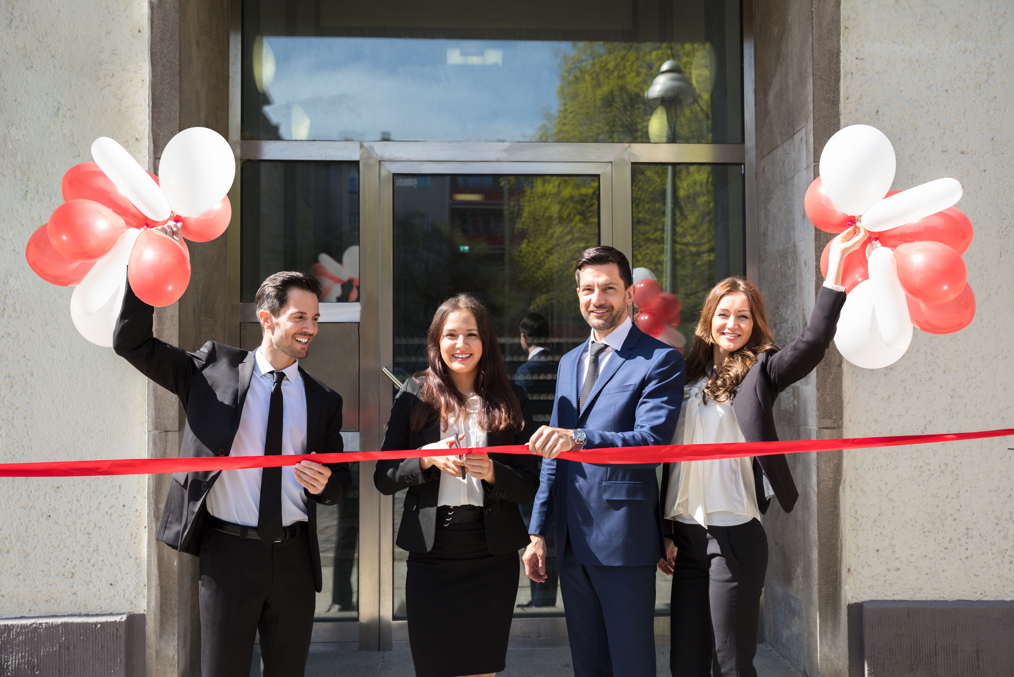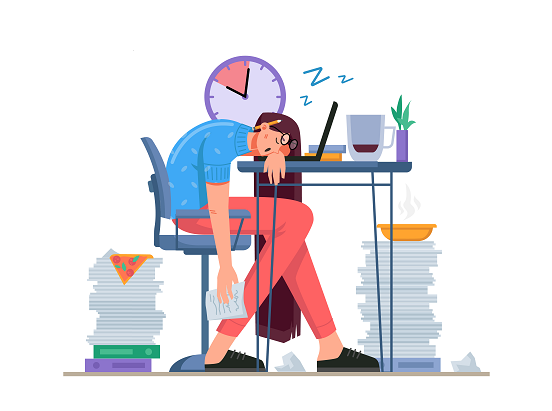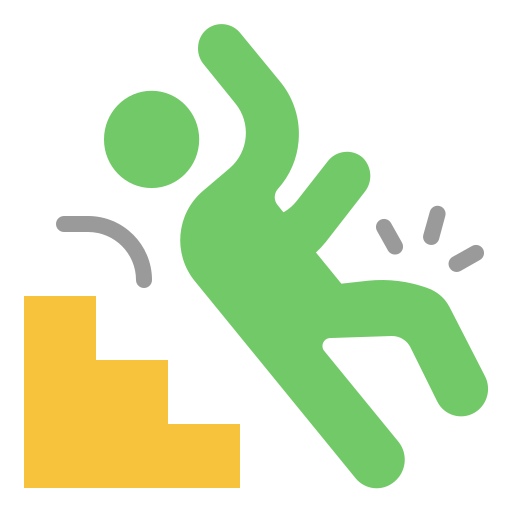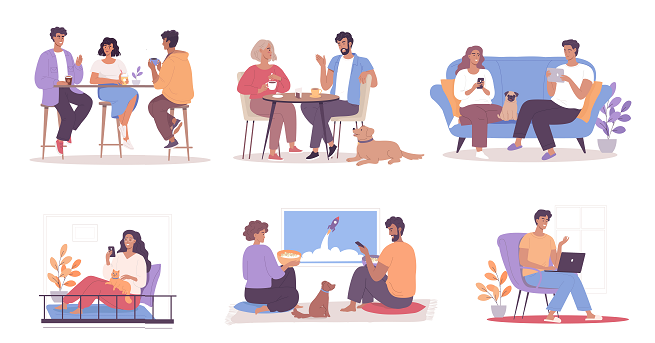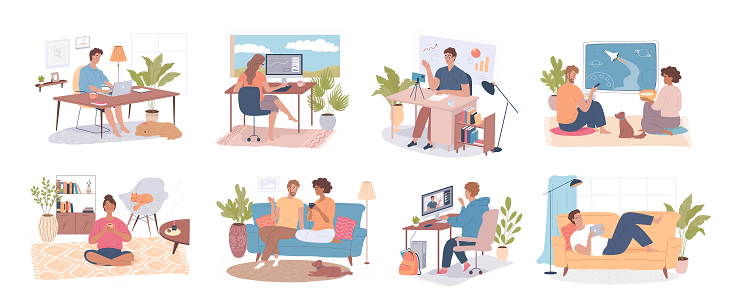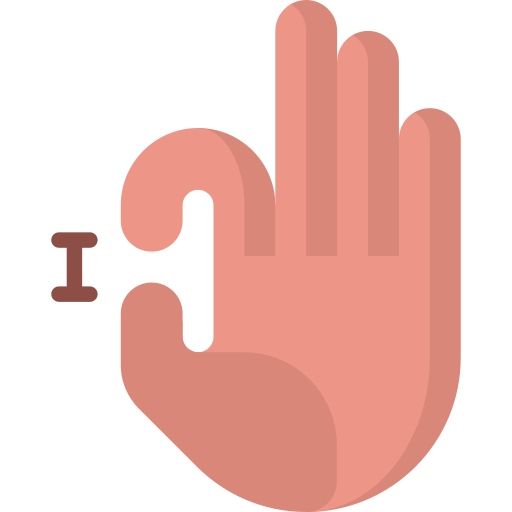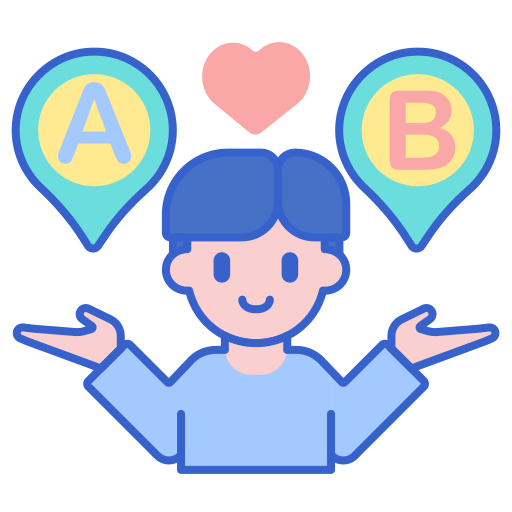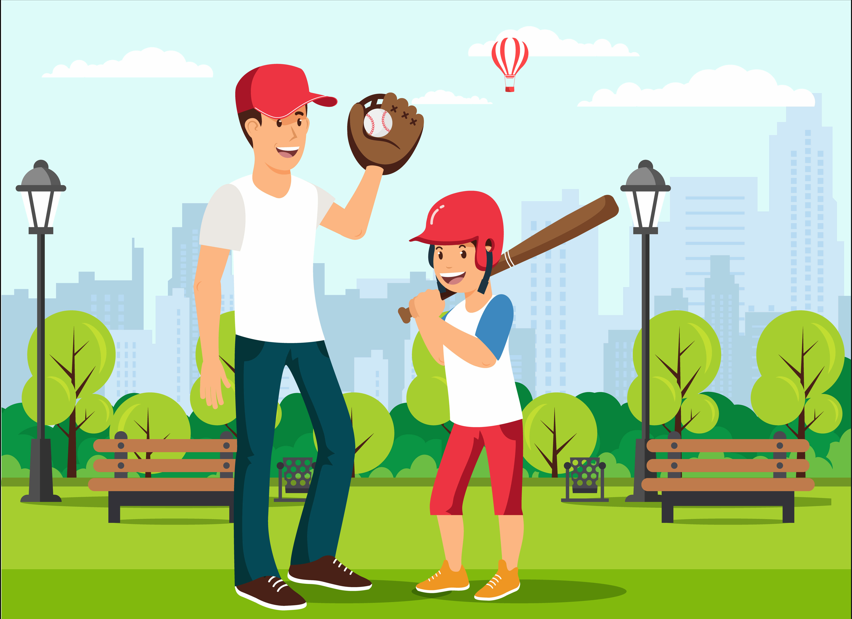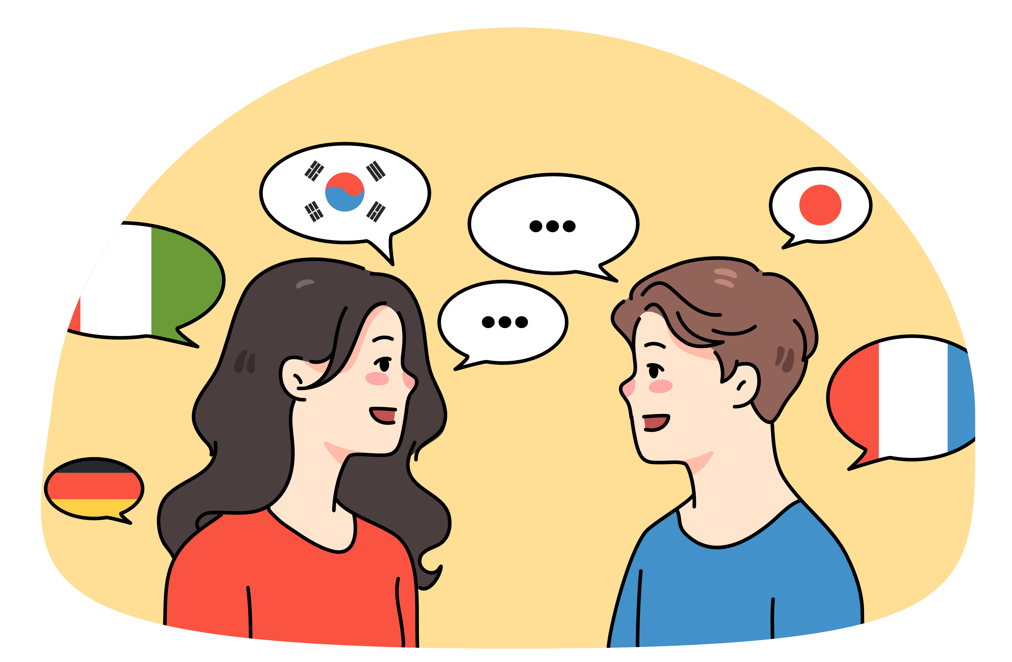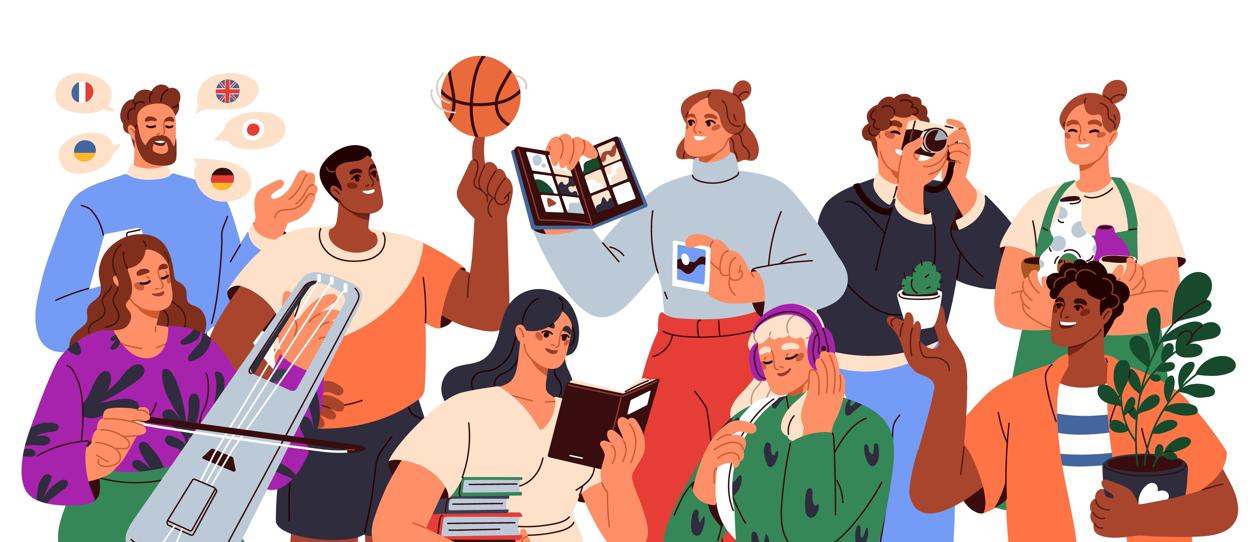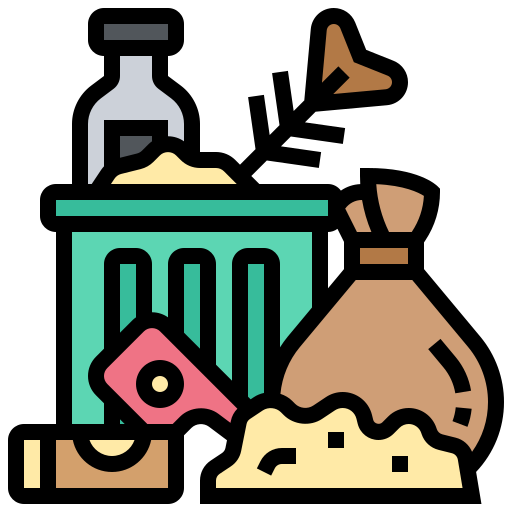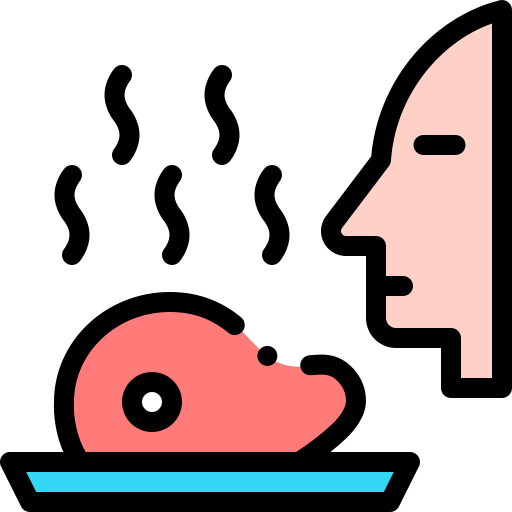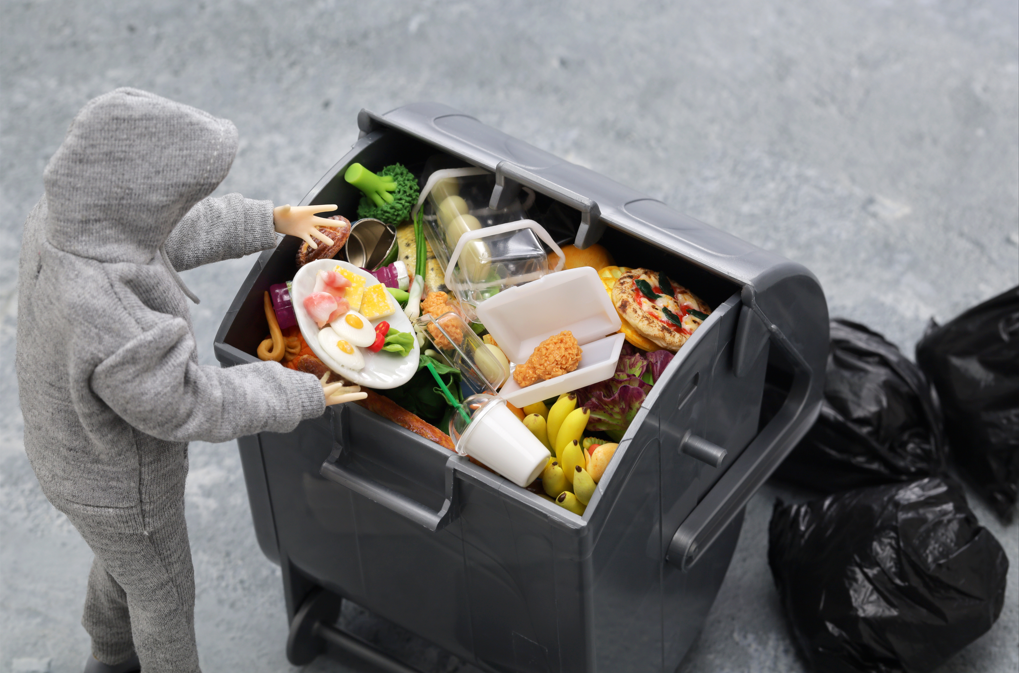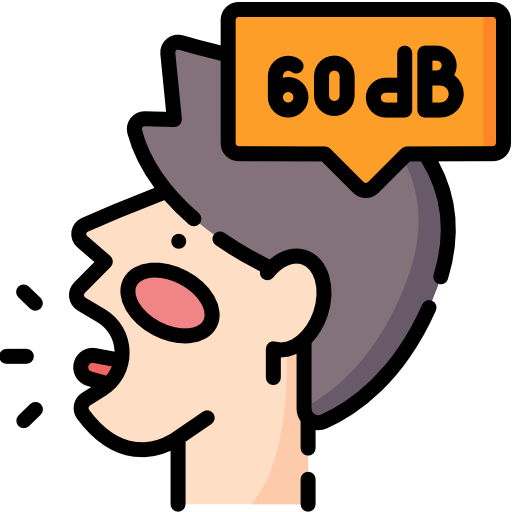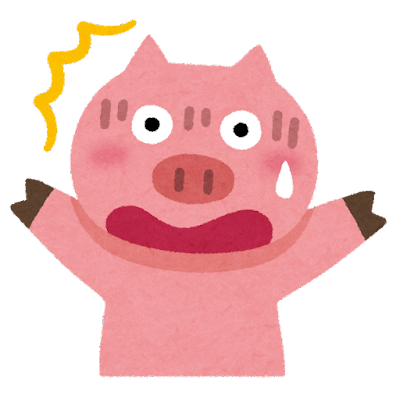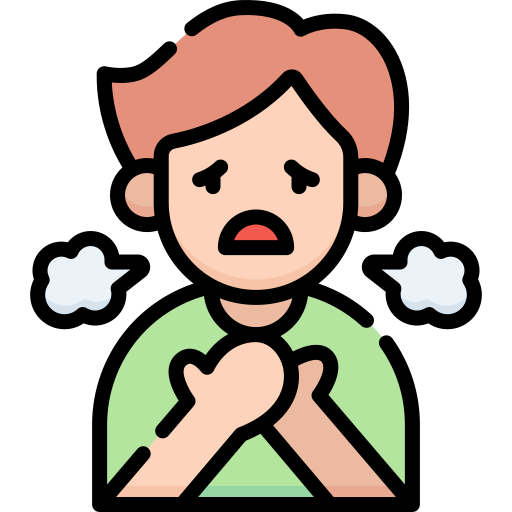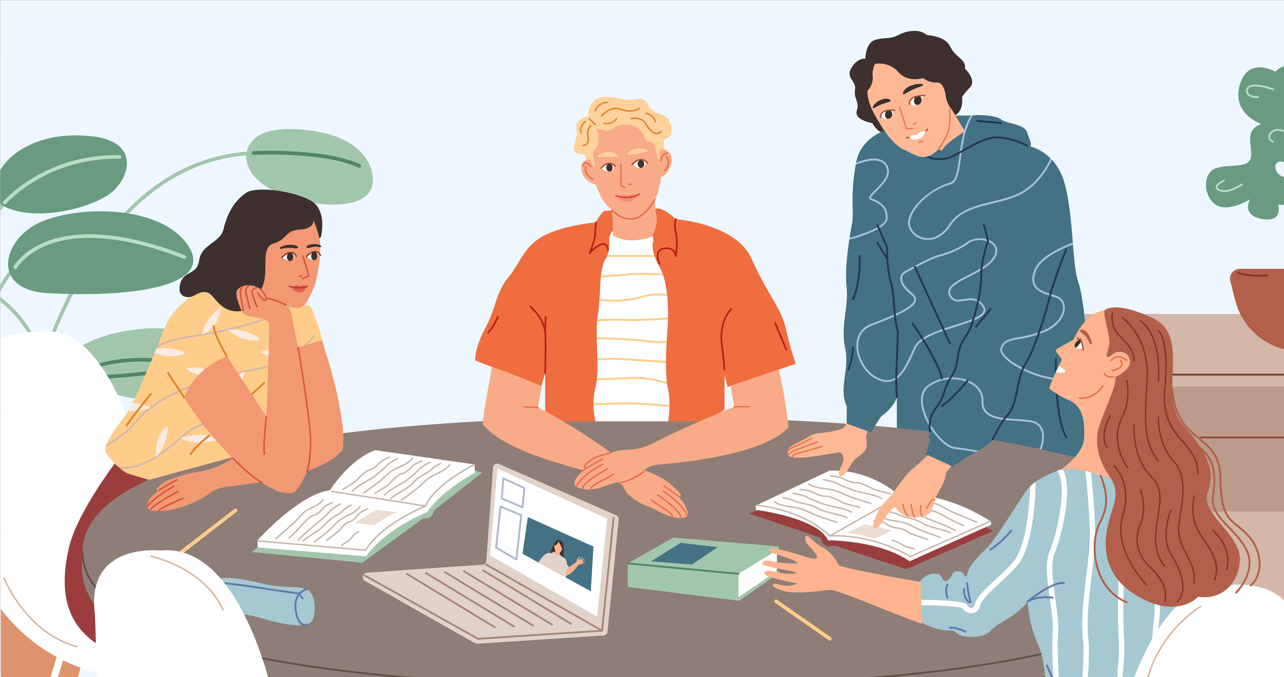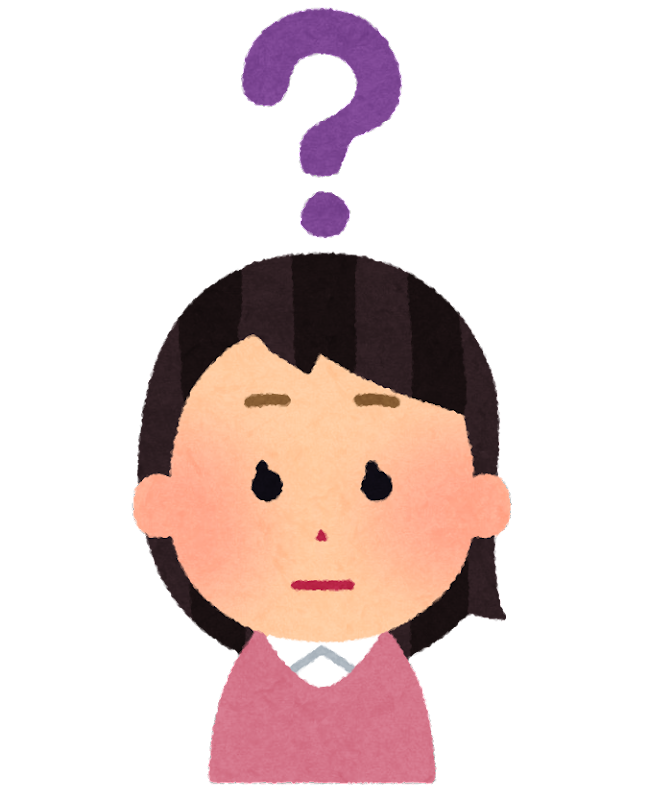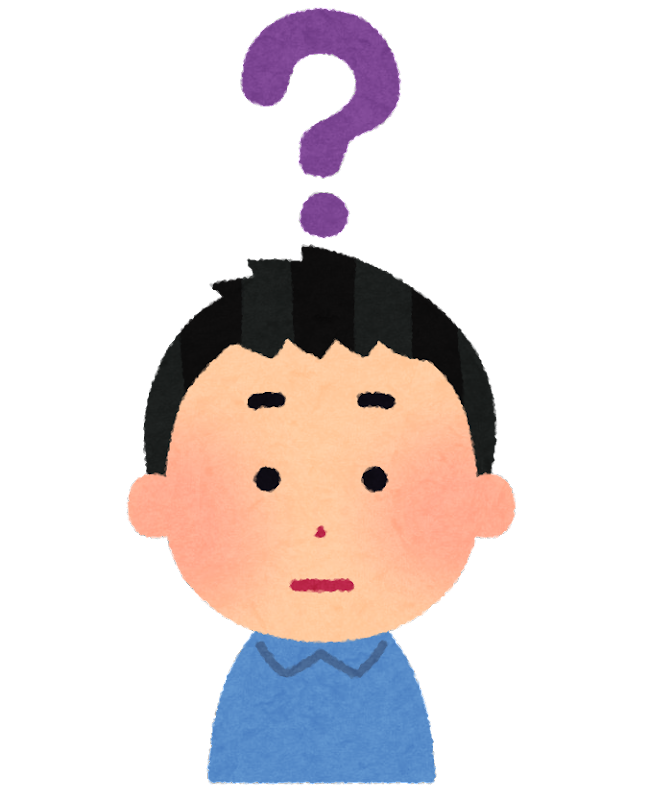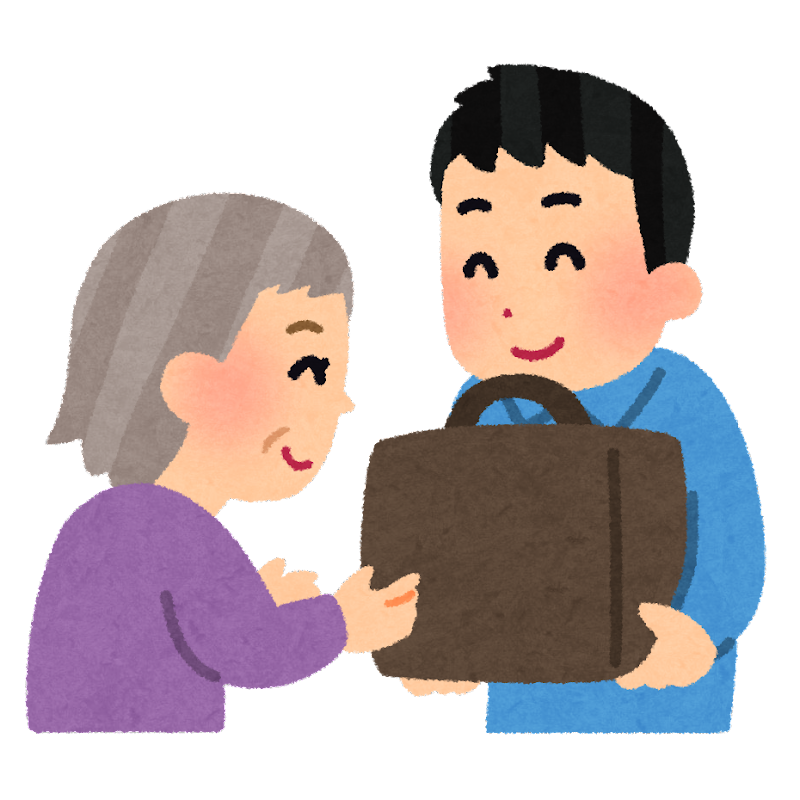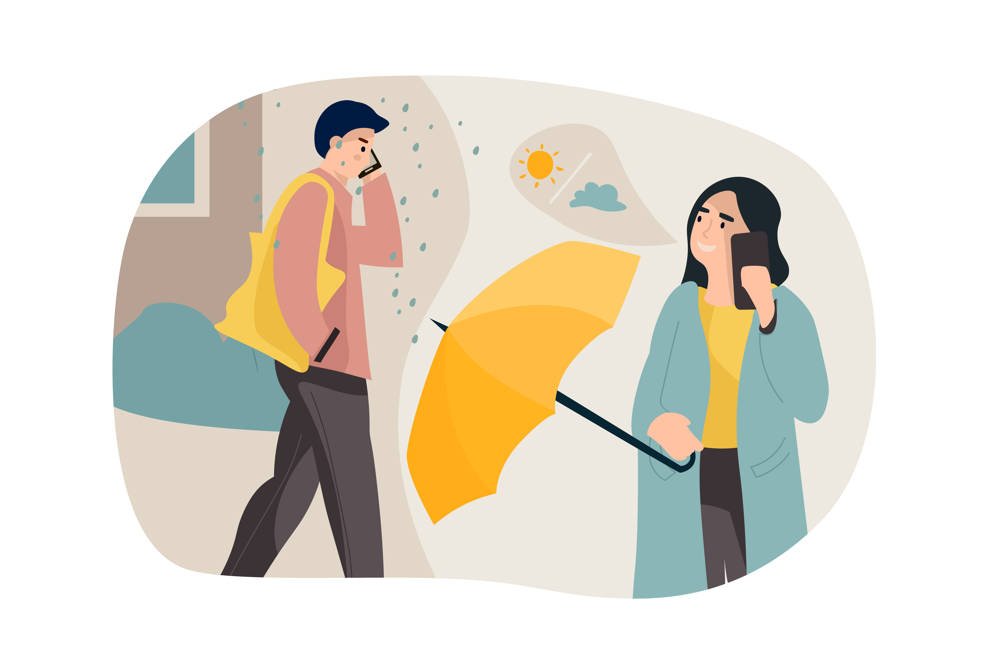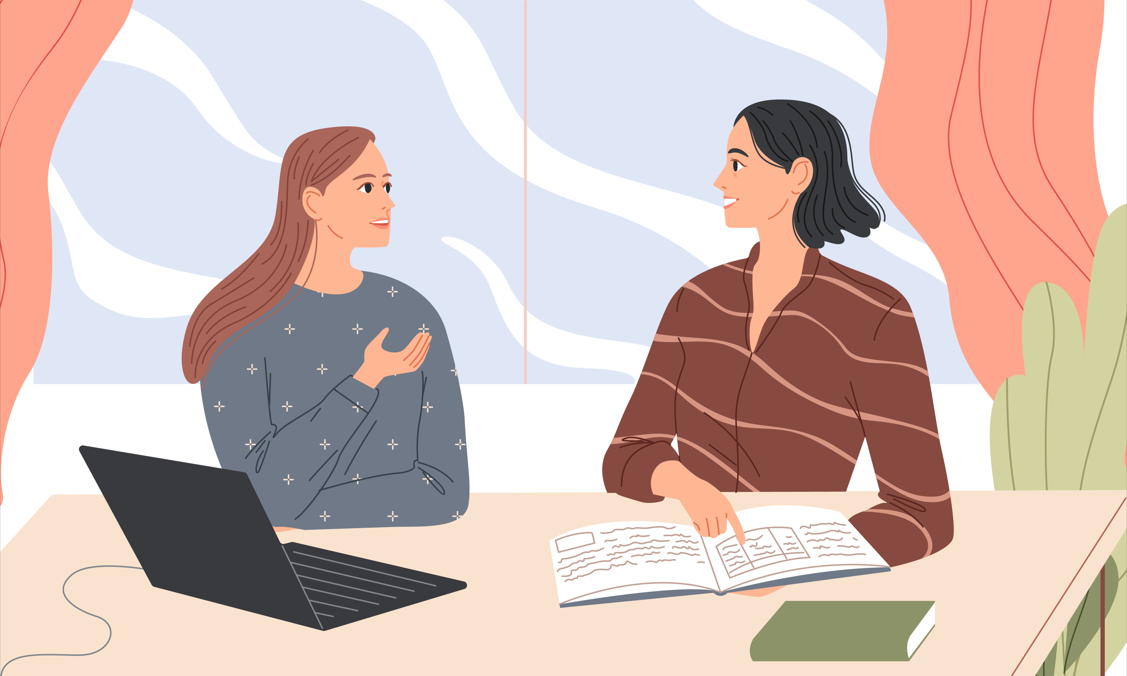
2. Consider about gender issues in your daily life



When you turn 18, will you vote? Why or why not?
| Answer: |



 |
propaganda
(主義・教義などの)宣伝
|
 |
proceedings against ~
〜に対する法的な手続き
|
 |
referendum
国民投票
|
 |
launch
開始する
|




| 1. |
The government has announced that there will be a __________ on the issue of immigration. |
| 2. |
The company is planning to __________ a new line of products next month. |
| 3. |
The political party used __________ to influence voters during the election campaign. |
| 4. |
The victim decided to file __________ against the driver who caused the accident. |





| Answer: |



This campaign is aimed at demonizing the LGBTQ+ community and is having a significant impact on families, including those raising children. The controversial new bill would prevent the portrayal of families like those headed by same-sex couples, and many fear that this campaign will lead to increased violence and discrimination against the LGBTQ+ community.
On June 14th, thousands of people protested against the new bill outside the Hungarian parliament. The European Union has launched proceedings against the Hungarian government over the new law. In response, Orbán has announced a referendum on the matter. The government-funded propaganda campaign is all over the country, with billboards asking people if they are angry at Brussels and if they are worried about their children facing “sexual propaganda.”
However, some believe that Orbán has picked the wrong target this time, as the truth about LGBTQ+ people cannot be silenced.





| 1. | Who is Viktor Orbán? |
| Answer: |


| 2. | What happened on June 14th? |
| Answer: |


| 3. | Why do some believe Orbán has picked the wrong target? |
| Answer: |






| Sample question: | Some people say that walking is good for one’s health. Do you agree with that idea? |
| Sample answer (agree): | I agree that walking is good for one’s health. I have several reasons for this. First, it reduces the risk of diseases. Some examples are heart attack, stroke, and high blood pressure. Second, some studies say that physical exercise can reduce stress. This helps us sleep better and be in a good mood. So, I agree that walking is good for our health. |

Give at least one reason to support your opinion. You have one minute to prepare and one minute to answer.
| Topic: | Do you agree that men and women have different job responsibilities and salaries? | |
| Answer: | I agree/disagree |


ex. Why do you think so?
If you were in this situation, what would you do? etc.)
| Answer: |


| Topic: | Do you agree that the government should establish laws regarding gender differences? | |
| Answer: | I agree/disagree |


ex. Why do you think so?
If you were in this situation, what would you do? etc.)
| Answer: |





– How do you think school uniforms should change for LGBTQ students?
– What do you want to do after you graduate? What do you want to learn at the university? What do you want to be in the future?
| Answer: |




